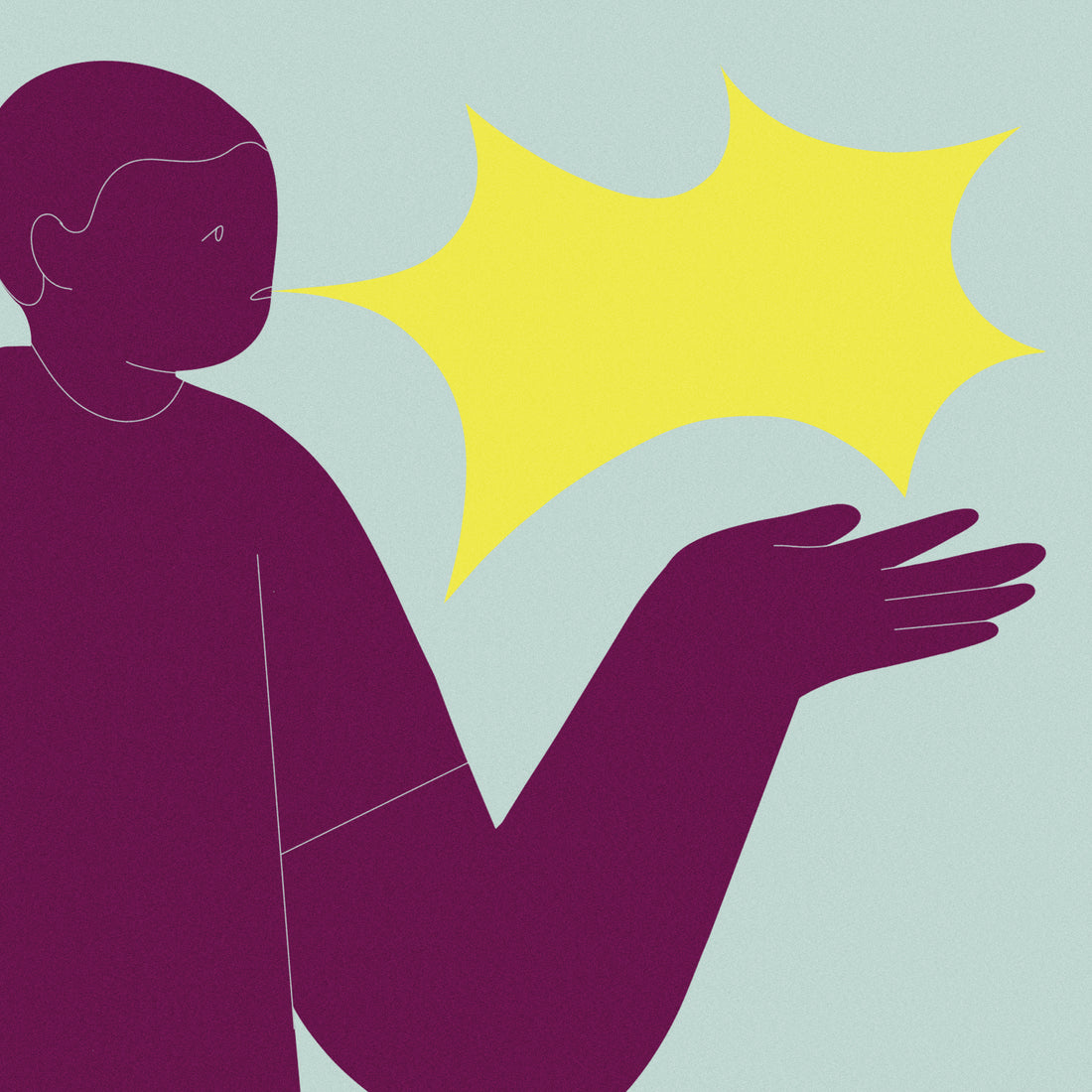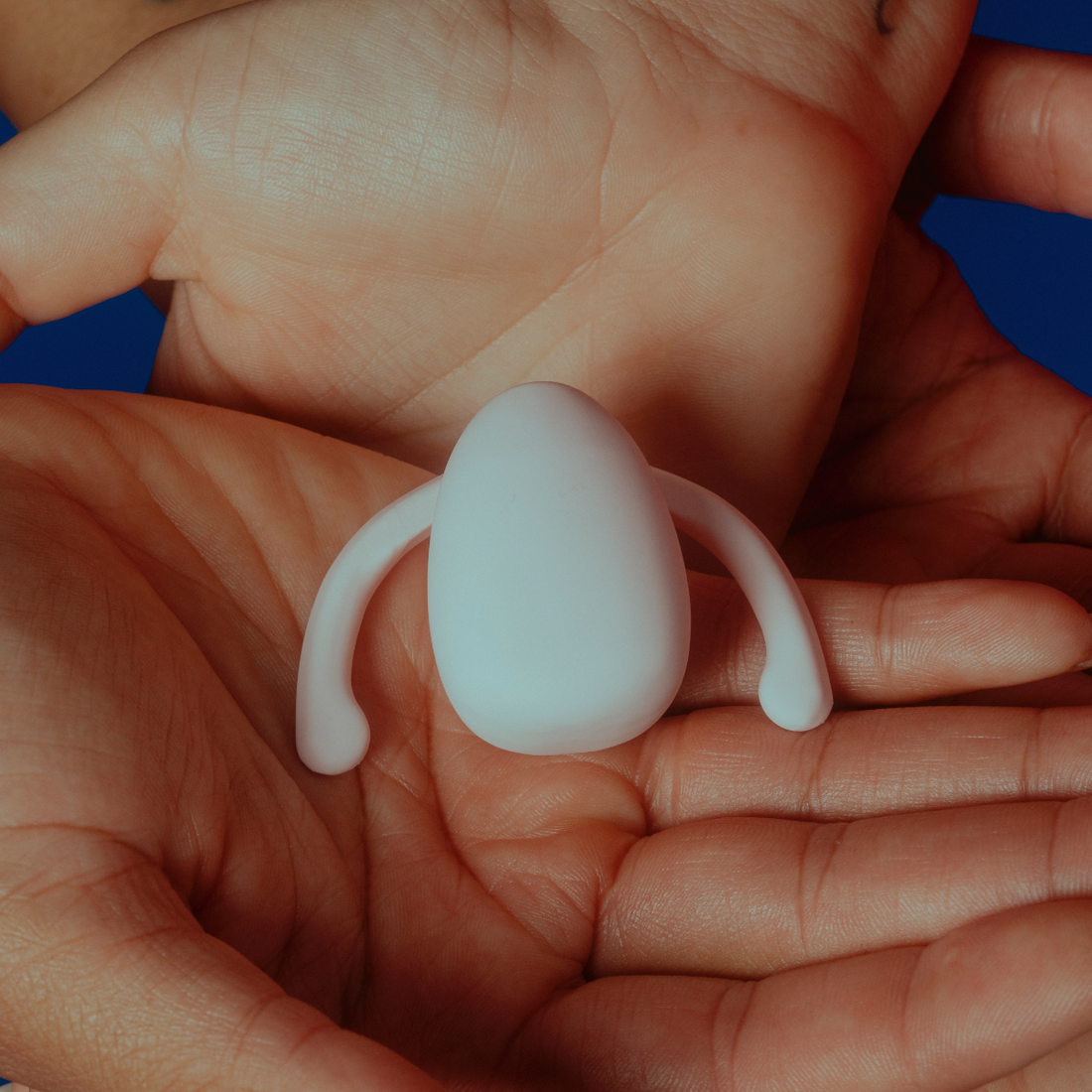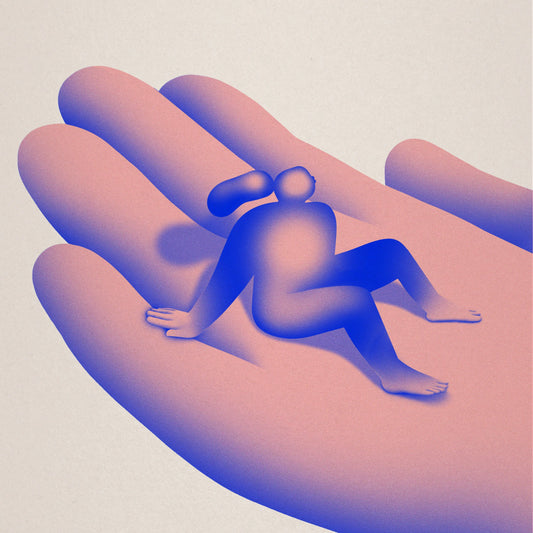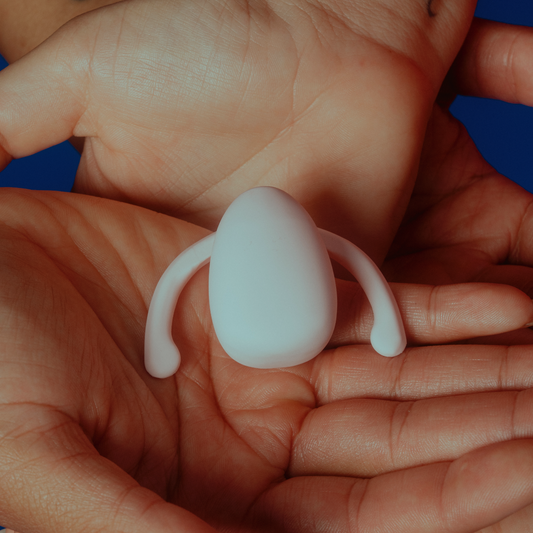Attachment styles influence who we are attracted to, what motivates us to have sex with someone, how we perceive the encounter, and even how we communicate about sex.Because partners are our primary attachment figures in adulthood, attachment theory seeks to understand how early development shapes how we relate. And, because sex is a form of relating, you can’t separate attachment from it. What are attachment styles? There are four attachment styles—secure, insecure-anxious or ambivalent, insecure-avoidant, and insecure-disorganized. Secure attachment implies someone had consistent parenting and their needs were met. Someone with secure attachment is likely to have trusting intimate relationships in adulthood. Anxious or ambivalent attachment is characterized by high levels of anxiety, clinginess, or fear of abandonment and typically stems from an inconsistent caregiver in early childhood. The second insecure attachment style, avoidant attachment, may manifest as disconnected or detached due to emotional unavailability from a primary caregiver. Disorganized attachment can manifest in being afraid to let anyone in or constantly anticipating rejection due to unpredictable parenting. To help better understand attachment and how it relates to sex, Michael M. Crocker DSW, LCSW, MA, Founder and Director of The Sexuality, Attachment, and Trauma Project offers his expertise. Crocker notes, “out of the three insecure attachment styles, one is highly anxious, seeking connection and security albeit unsuccessfully, one is defended, also wishing for connection and security albeit defended and shut down, and the last
Considering that attachment styles are fluid, it’s entirely possible to heal from attachment wounds and form a secure attachment.One woman named Charlie, (whose name has been changed to respect privacy), has an anxious attachment style and says one way attachment shows up during sex is by prioritizing partners’ satisfaction over her own. “I don’t speak up about what feels good to me…when none of it feels good. So during sex, it’s very hard for me to enjoy it, and in fact, it’s very painful.” Avoidant attachment and sex Avoidant attachment types are less interested in long-term relationships and may act impulsively when it comes to sex. Crocker explains, “people with this attachment style are often unaware of their true sexual desires and hope for intimacy. These individuals have a proclivity towards unrelated sexual connection, oftentimes resulting in transactional experiences.” A participant named Sarah (whose name has been changed to protect privacy) identifies with avoidant-type tendencies and says, “to feel a sense of excitement with my sexuality, I normally lean on old patterns like difficulty trusting and unpredictability. My primary caretaker was extremely hot and cold, and I would often not know what to expect when I did approach. My dating life used to revolve around the ritual of finding someone and wanting to conquer them and to control them, and then when the excitement dims down, I disengage.” Similar to the avoidant-attachment style, those with disorganized attachment may seek casual sex out of fear of intimacy. Behavior may be unpredictable and may vacillate between black and white. Sex between attachment types How do two insecure types work together? Avoidant and anxious attachment types typically attract one another, which Crocker calls, the “yin and yang in a relational system.” Unfortunately, ensuing dynamics between these two types produce a conflict. “The insecure-avoidant is drawn to the passion of the insecure-anxious but can’t give them what they need. The insecure anxious is enticed by the familiarity of a shutdown, unavailable other, always leaving them bereft when they cannot transform their partner into an attentive lover. And so, the dance goes on between them,” said Crocker. Rachel Orleck, Psy.D. psychologist and relationship specialist at North Seattle Couples Counseling hones in on this pattern and notes, “as the anxious partner tries to pull their partner closer, the avoidant partner withdraws in an effort to avoid discomfort.” Though this dynamic may happen across the relationship, it usually extends to sex. Avoidant types usually have a hard time communicating around sex which can make the problem worse. It probably shouldn’t come as a surprise that fears of abandonment amongst insecure types lead to lower satisfaction and higher break-up rates. Lack of emotional security can lead to diminished desire. But what if someone with secure attachment couples with an insecure attachment type? Crocker notes this pairing is “most likely going to be an intimacy mismatch.” Secure attachment from both partners may lead to mutual satisfaction, Devis notes. And, considering that attachment styles are fluid, it’s entirely possible to heal from attachment wounds and form a secure attachment. Healing attachment wounds “Rarely are problems with sex just about the sex, often it mirrors the relationship”, said Orleck. By treating insecure attachment, you can begin to chisel away all of the patterns that thwart intimacy and connection. Interested in repairing attachment wounding? Orleck encourages working on emotional security and says, “sharing emotions, sharing needs and wants, talking about fears, or repairing hurts help to increase connection and emotional security in the relationship and can increase desire.” If you suspect you have an insecure attachment style that may be showing up during sex, you are not alone—almost half the population has an insecure attachment type. If you find it difficult to experience emotional security, seeing a qualified counselor or relationship and attachment specialist can help. Attachment theory provides a window into why we are the way we are, in the bedroom, and beyond.




























